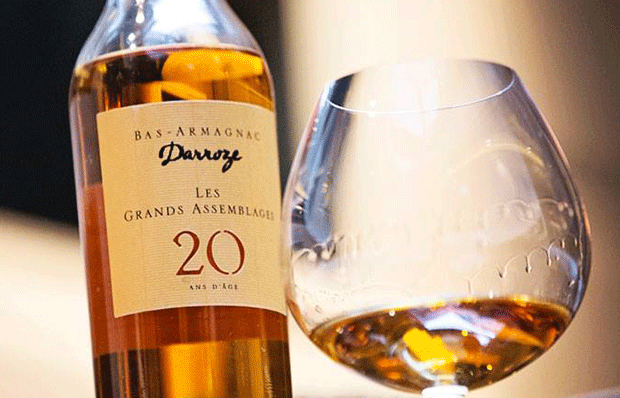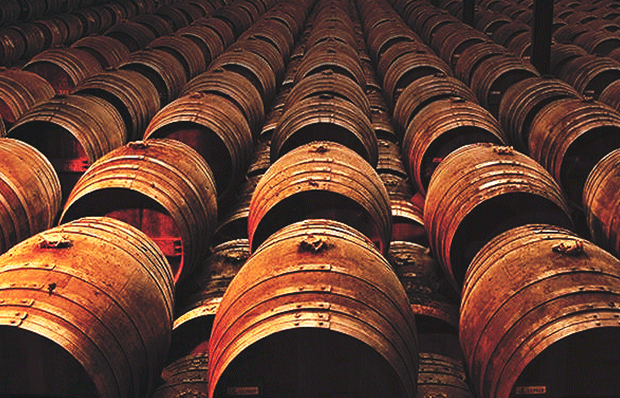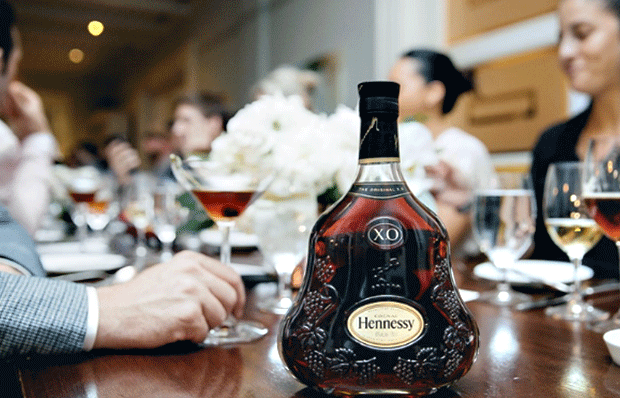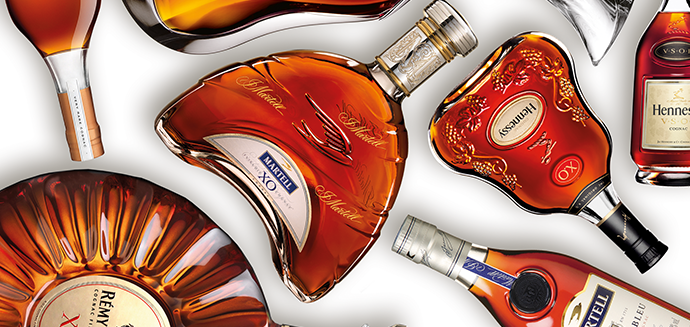A new guide for spiritual enlightenment by the pious team at Glengarry. Join us monthly as we explore everything spirit related. View the full issue online here.
Cognac vs Armagnac: What’s the difference?
Have you always wondered what the difference is between these two great spirits? Well wonder no longer, as they have much more in common than you probably think. It’s best we start with how they are similar. Cognac and Armagnac are both brandies; spirits made from distilling an (undrinkable) base wine produced from white grapes, which is then matured in oak barrels. The term brandy comes from brandy wine, which was derived from the Dutch word brandewijn, itself derived from gebrande wijn, which literally means “burned wine”.

So, both are types of brandy, both from western France. The Cognac appellation is situated immediately north of Bordeaux, Armagnac further to the south, close to the Pyrenees. Cognac is the most famous type of brandy in the world, and the better ones must be made from at least 90% the Ugni Blanche, Folle Blanche and Colombard grape varieties. Armagnac is the oldest brandy distilled in France and is generally made from the same varieties as Cognac, with the addition of Baco 22a.

It is then time for both to age in French oak barrels to soften the flavours, often for decades or longer. This also imparts the brown colour to the spirit, and sees the alcohol levels drop over time due to evaporation (The Angels Share). As they age it is typical in Cognac to blend various eau de vie of different ages, from different growers and from different areas, to obtain complexity and maintain a consistent taste (a little like the blending process with NV Champagne). In Armagnac they also blend to create age statements, but it is quite common to see both single vintage, and single vineyard spirits.

Although both regions are similar in size, Cognac is dominated by the large producers. More than 90% comes from Hennessy, Remy Martin, Martell and Courvoisier. In the Armagnac region you will find smaller family owned houses, who both grow the grapes and produce the spirit themselves. Unlike some of the massive operations of their northern neighbours, many don’t have production facilities and you can see mobile distillers driving from grower to grower, literally distilling on site in the vineyard.
Regan McCaffery



